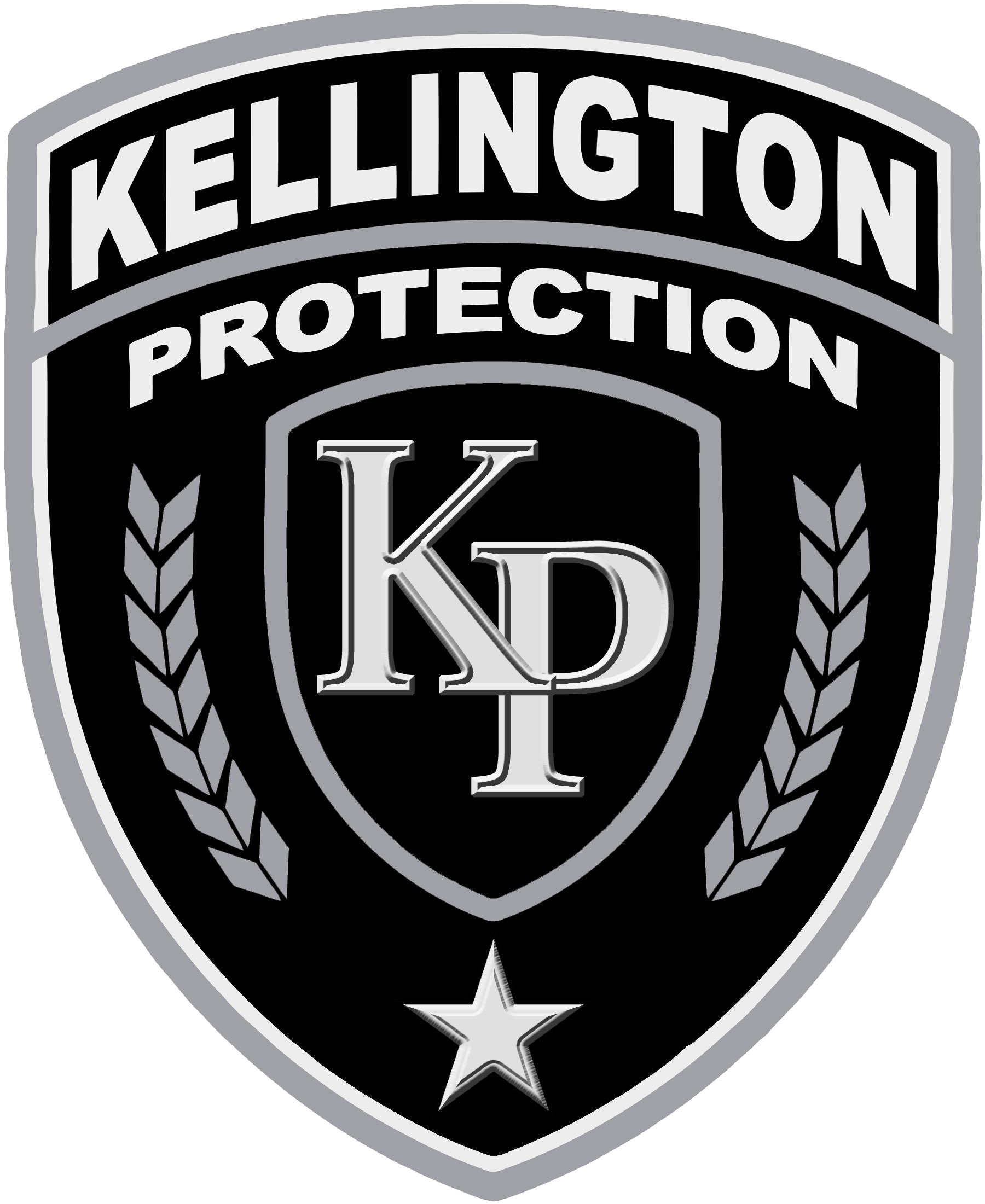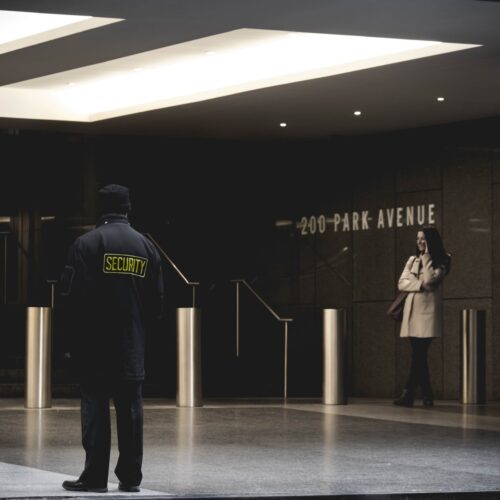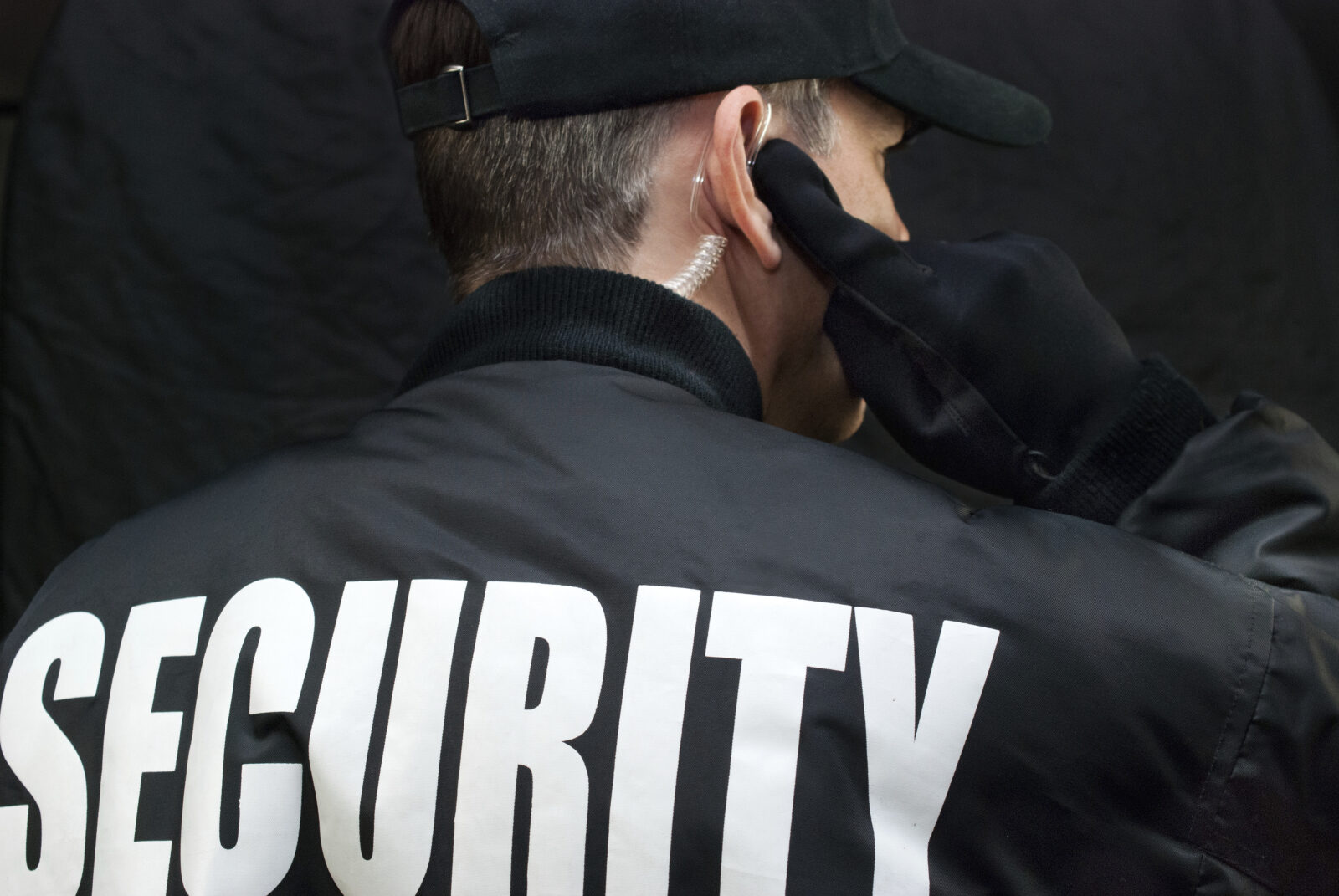Thank you for your interest in working for Kellington Protection Service. Before completing an application please read the following information to see if you have the skills and professionalism that we look for in our employees.
- 1. Background Checks
All applicants are screened through drug testing and a preliminary criminal history check before their applications are processed further.
The Pennsylvania Private Detective Act of 1953 forbids employment in the security field by anyone convicted of the following offenses:
1. Any felony;
2. moral turpitude;
3. illegally using, carrying or possessing a pistol or other dangerous weapon;
4. making or possessing burglar’s instruments;
5. buying or receiving, stolen property;
6. unlawful entry of a building;
7. aiding escape from prison;
8. unlawfully possessing or distributing habit forming narcotic drugs;
9. picking pockets or attempting to do so;
10. soliciting any person to commit sodomy or other lewdness;
11. recklessly endangering another person;
12. terroristic threats; or
13. committing simple assault.In addition, Kellington Protection will not generally employ persons convicted some other offenses, such as spousal abuse or passing bad checks.
The preliminary criminal record check is conducted through the Pennsylvania Unified Judicial System Webportal at https://ujsportal.pacourts.us/DocketSheets/CP.aspx. This is an immediate check, but not a certified criminal history check. However, it accurately shows about 95% of criminal convictions so that applicants with convictions for felonies or any other crime that would preclude them from employment can be weeded out at the beginning of the employment process. It has the additional benefit of showing active court cases that have not yet reached the disposition phase.
Applicants are then screened through the Pennsylvania State Police for the official, certified Criminal Record Check [See Addendum D: Criminal Record Checks].
- 2. Security Training
Kellington Protection guards receive a minimum of four(4) hours of classroom training that cover the following areas:
• General overview of drilling operations and the role of security and traffic control
• Rules, procedures and policies of Kellington Protection
• Logging procedures with practice sessions
• Traffic control procedures[The logging protocols that are detailed in the Kellington Protection Operations Manual are our recommended logging protocols, but we will completely customize the protocols and training to fulfill the needs of our clients.]
This classroom training includes lecture, video, pictures and Power Point presentations.
Trainees must pass a written test before being released for field training.
After the classroom training, guards receive a minimum of four(4) additional hours of field training, in a security station with one of our trainers.
Guards are not placed in field positions by themselves until field trainers have qualified them as fit for duty.
Periodic remedial or additional training is provided as needed.
Regular email newsletters are sent out to update employees on new developments, to clarify issues and to cite examples of actual situations that have occurred and how they were handled – rightly or wrongly.
- 3. Traffic Control Training
Employees are trained for traffic control through the PennDOT Flagger Training Program, and receive their PennDOT Flagger Certification upon successful completion of the course.
All Flaggers and Escort Drivers will be PENNDOT Certified.
The minimum flagger training guidelines include the following:
• Why flagging is important
• Fundamental principles of work zone traffic control
– Component parts of the work zone
– Channelization devices, spacing
– Tapers
– Buffer Space
– Visibility to approaching drivers
• Human factors – driver attitude, expectation, reaction
• Qualifications of a flagger
• Clothing
• Flagger Operations
– Setting up the flagger station
– Signaling devices and when used
– Hand signaling procedure
– Communications
– Two-flagger operations
– Single flagger operations
– Flagging in intersections
– Nighttime flagging
– Emergency situations
• Flagging in adverse weather conditions
• Sign requirements
• Practical exerciseAll employees at the end of the course should be able to:
• Describe why flagging is important
• Describe flagger qualifications
• Ensure the flagger station complies with Publication 212, Publication 213, and the MUTCD
• Gather all necessary equipment
• Select the proper flagging station/position/location
• Control traffic using the stop/slow paddle
• Control traffic using the red flag
• Control two-way traffic in one lane of a highway
• Control traffic at an intersection
• Recognize and be able to control traffic in unique or special flagging situations
• Control traffic at night and recognize a safe nighttime flagging operation
• Communicate with co-workers and the publicAll Employees must pass a written, closed book exam consisting of a minimum of 20 questions. Passing is 70%, and must be obtained before being employed.
Re-training is required every 3 years.
- 4. CPR and First Aid Training
Other training, including CPR and First Aid, is routinely provided to employees on a volunteer basis. However, it is mandatory for all employees working for clients who require or prefer this training. The training is conducted by certified instructors.
- 5. Ready to Apply?
Protection Services
All
- All
- Commercial
- Events
- Executive
- Residential



















